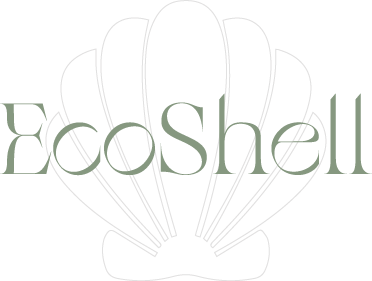On November 5th, we decided to organize a special meal in Montseny. The chosen dish for the day was steamed mussels, carefully prepared with enthusiasm to be enjoyed against the backdrop of the mountains. The mussels, fresh and juicy, were cooked with a touch of white wine and a splash of lemon, creating a tempting aroma that wafted through the air.
As we savored the delicious meal and engaged in lively conversation, the question arose among us of how we could make the most of the mussel remnants to minimize environmental impact. The idea of achieving zero waste in our culinary experience motivated us to embark on an exciting research adventure.
We explored how to turn the mussel remains into a useful biomaterial. We discovered that mussel shells are rich in calcium and other essential nutrients, making them a valuable resource for the environment. We decided to give this material a second life, leveraging its unique properties.
After collecting the shells, we immersed ourselves in the task of researching and experimenting. We discovered that by crushing the shells and turning them into powder, we could create a compound that, when mixed with other materials, resulted in a robust and versatile biomaterial. We were excited about the prospect of using it to manufacture objects related to vegetation.
The next phase of the project involved exploring the properties of the biomaterial and how it could benefit the natural environment. We were surprised to discover that the calcium present in mussel shells acted as a beneficial nutrient for plant growth. This inspired us to create pots, seedbeds, and other gardening objects using the biomaterial, with the hope of contributing to the flourishing of vegetation.
The final result was a collection of handmade and/or digitally manufactured objects that were not only aesthetically appealing but also environmentally friendly. Thus, we enjoyed not only the delicious seaside meal but also the satisfaction of taking a step towards a more conscious and nature-respecting lifestyle.
